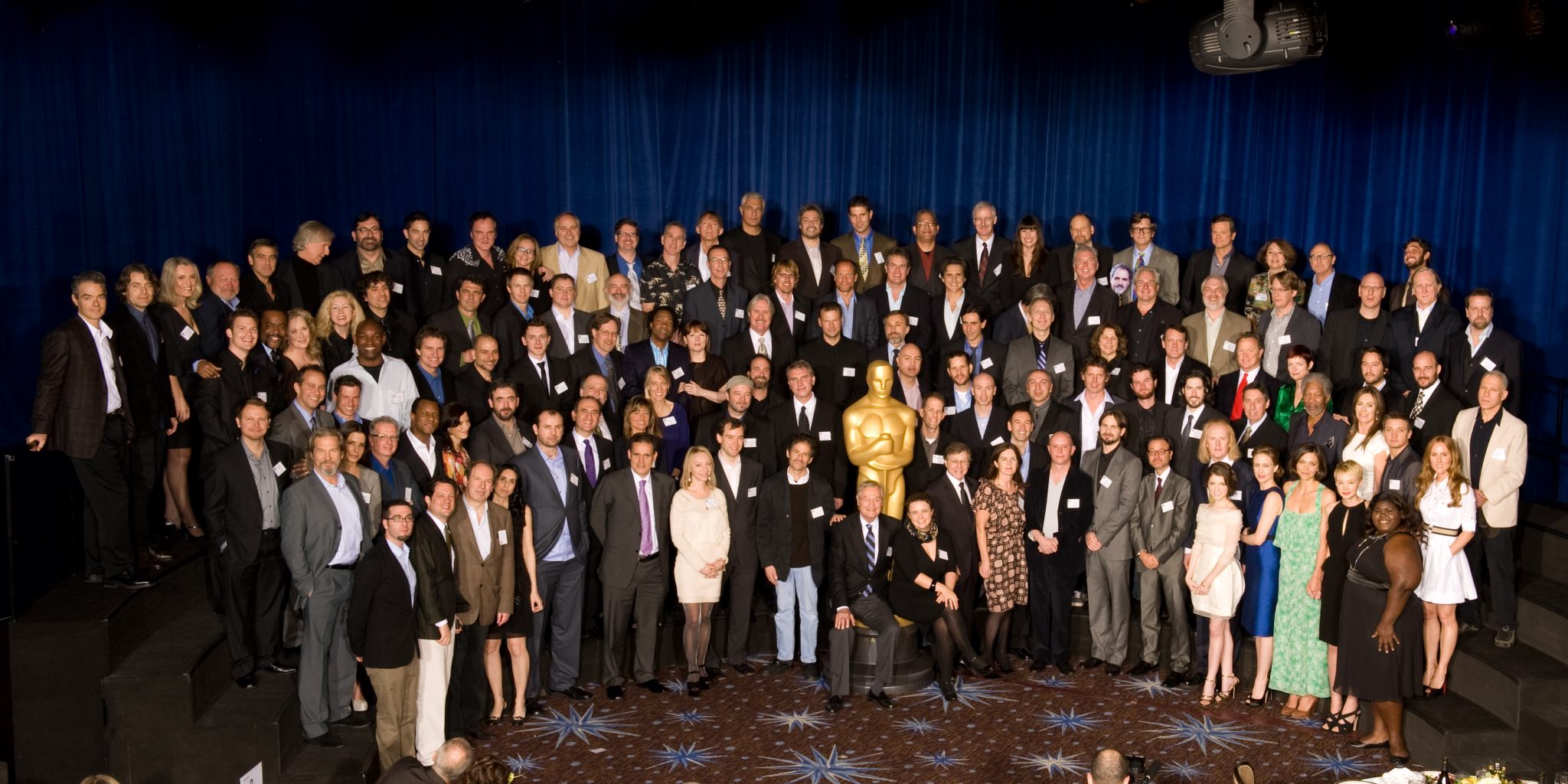When the first Academy Awards were handed out on May 16, 1929, movies had just begun to talk. That first ceremony took place during an Academy banquet in the Blossom Room of the Hollywood Roosevelt Hotel. The attendance was 270 and guest tickets cost $5 and Academy President Douglas Fairbanks handled presentation of the statuettes expeditiously.
In the first year, awarded recipients were announced to the public three months ahead of the ceremony. For the next decade, the results were given in advance to newspapers for publication at 11 p.m. on the night of the Awards. But in 1940, the Los Angeles Times broke the embargo and announced the winning achievements in its evening edition, which was readily available to guests arriving for the affair. As a result, the Academy adopted the sealed-envelope system that remains in use today.
For 15 years the Academy Awards presentations were banquet affairs; after the first at the Hollywood Roosevelt, they were held at the Ambassador and Biltmore hotels. Increased attendance and the war had made banquets impractical and the presentation ceremonies have since been held in theaters. The 16th Awards were held at Grauman’s Chinese Theatre, where it remained for three years, before taking place in the Melrose Avenue theater and then at the RKO Pantages Theatre in Hollywood. It was there, on March 19, 1953, that the Academy Awards Presentation was first televised, with Bob Hope as master of ceremonies.
In 1961 the Awards moved to the Santa Monica Civic Auditorium and changed broadcasters, beginning a 10-year run with the ABC-TV network. In 1966 the Oscars® were first broadcast in color.
In the first year, 15 statuettes were awarded (all of them to men except for the Best Actress award, which went to Janet Gaynor), but in the second year the number of awards was reduced to seven – two for acting and one each for Outstanding Picture, Directing, Writing, Cinematography and Art Direction.
In 1934 three new regular categories were added: Film Editing, Music Score and Song. That year also saw a vocal campaign to include the un-nominated Bette Davis for her performance in “Of Human Bondage” among the Best Actress nominees, prompting the Academy to allow write-ins on the final ballot, though two years later this practice was specifically disallowed.
The accounting firm of Price Waterhouse signed with the Academy in 1934 and has been employed ever since to tabulate and ensure the secrecy of the results. The first Academy Awards were presented in the Supporting Actor and Supporting Actress categories in 1936, with honors going to Walter Brennan for “Come and Get It” and Gale Sondergaard for “Anthony Adverse.”
The Academy Award® for Special Effects was added in 1939 and was won by Fred Sersen and E. H. Hansen of 20th Century-Fox for “The Rains Came.”
In 1963 the Special Effects award was split into two: Sound Effects and Special Visual Effects, in recognition of the fact that best sound effects and best visual effects did not necessarily come from the same film.

